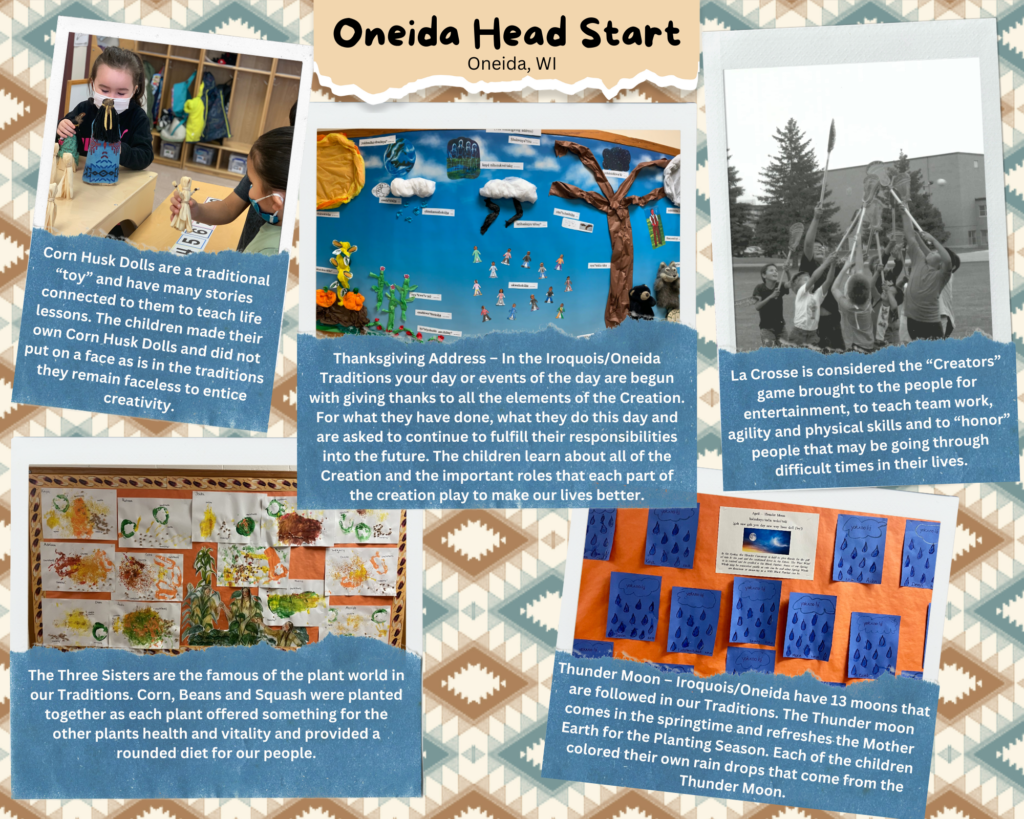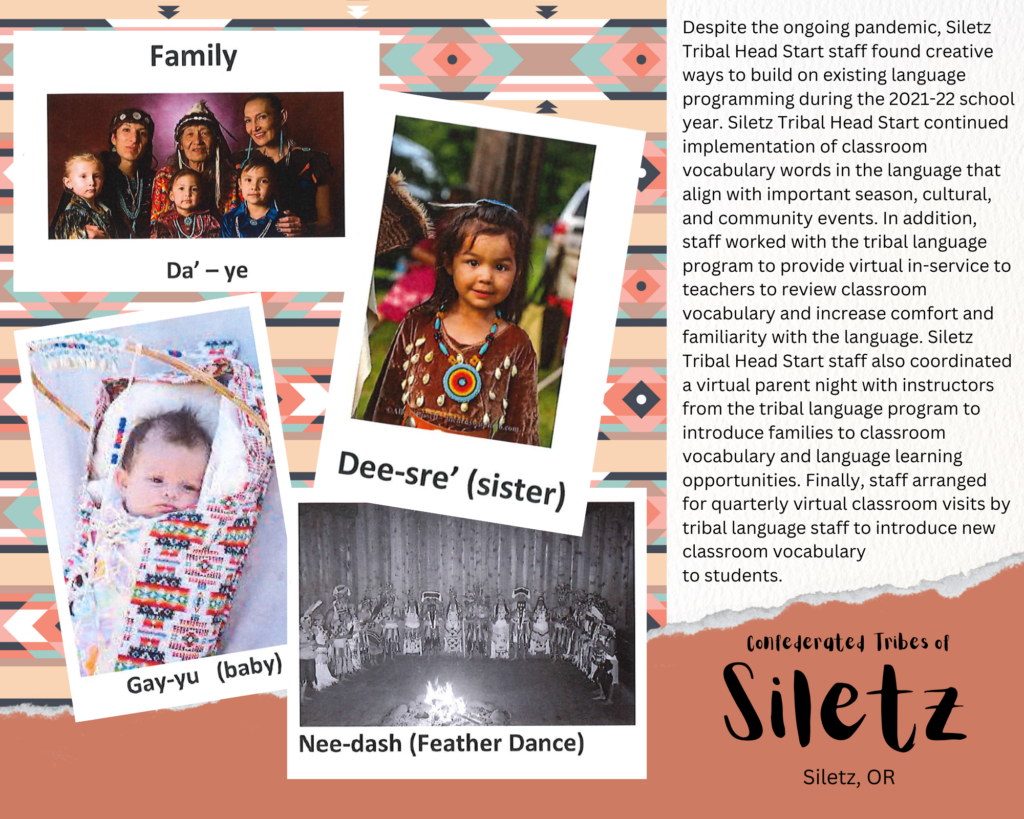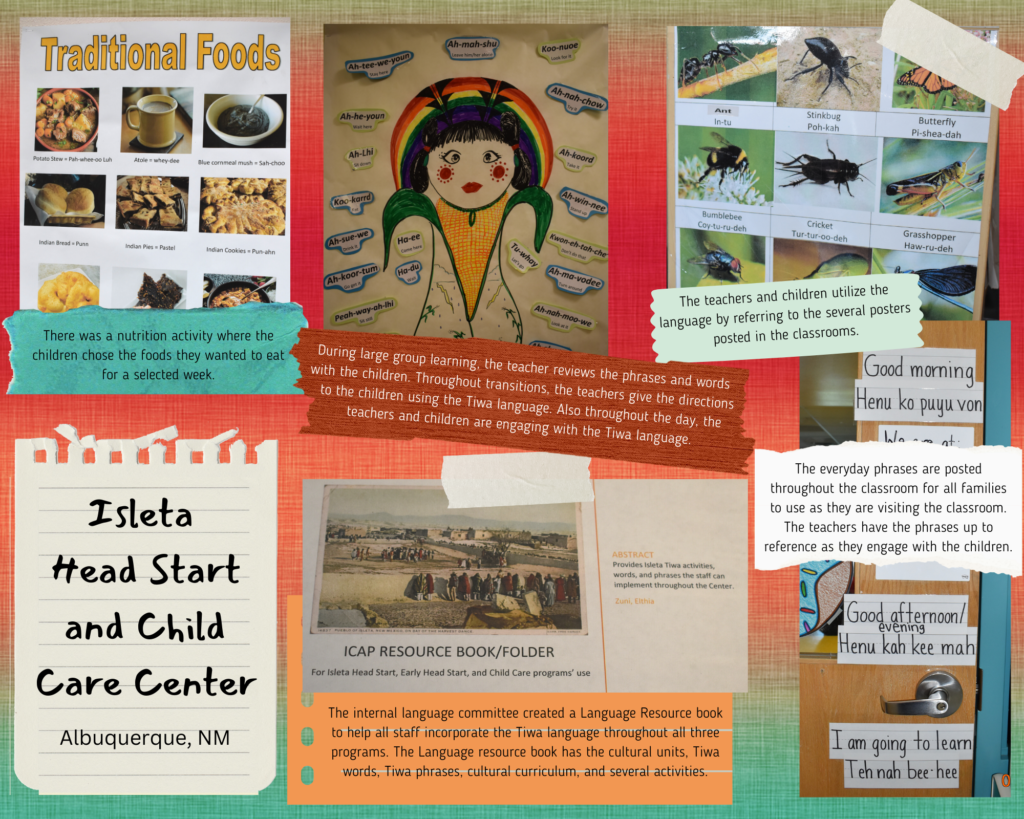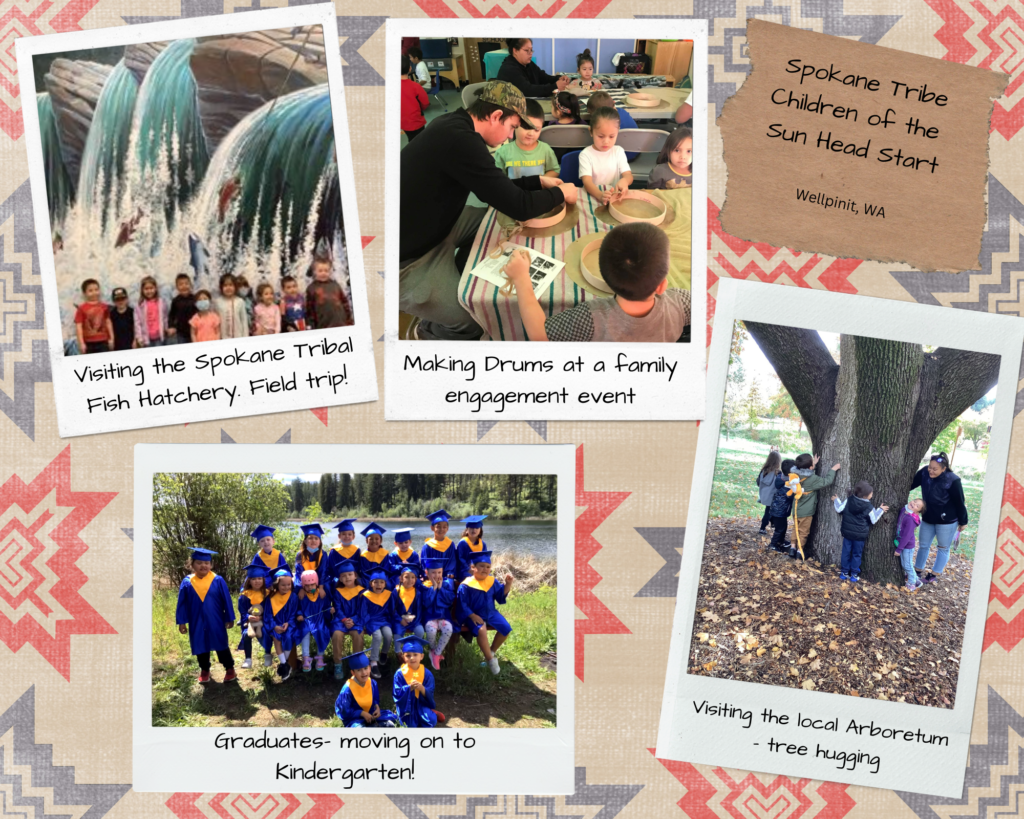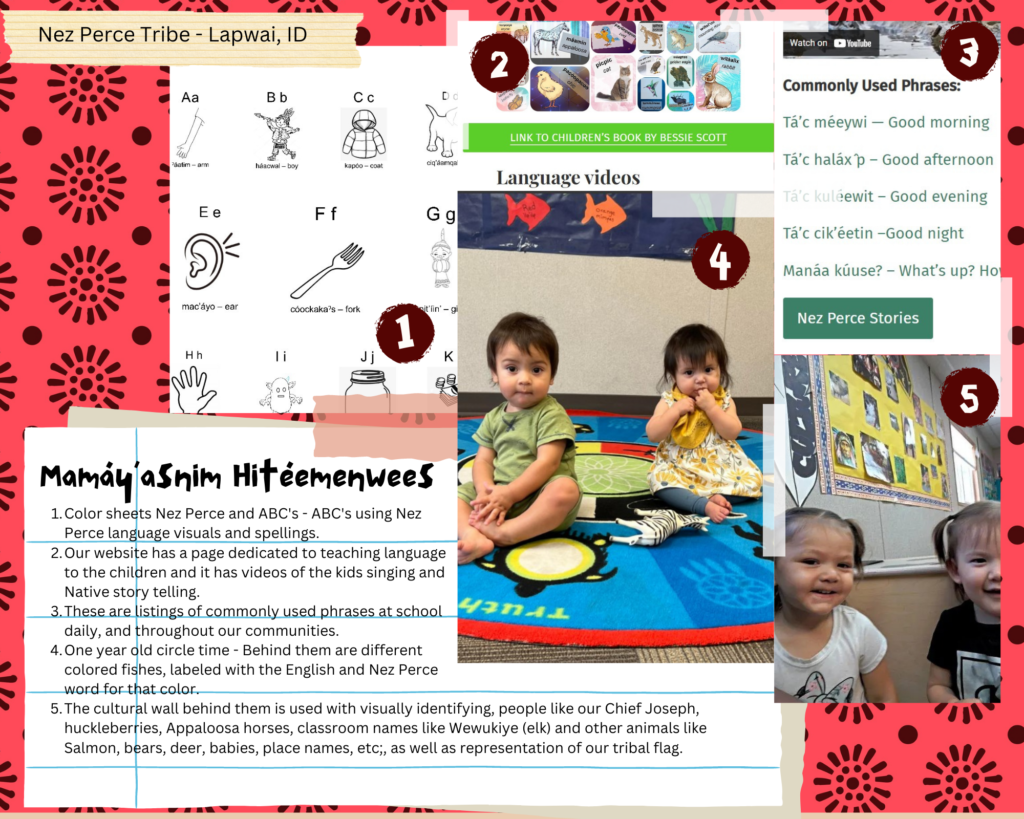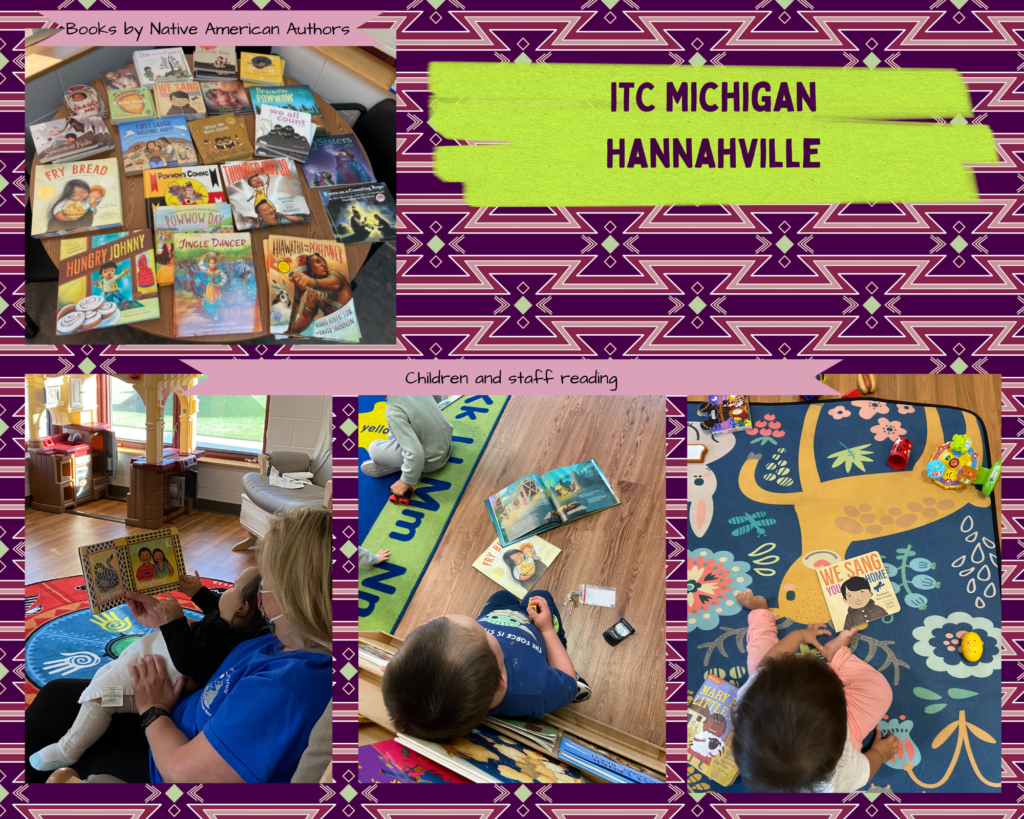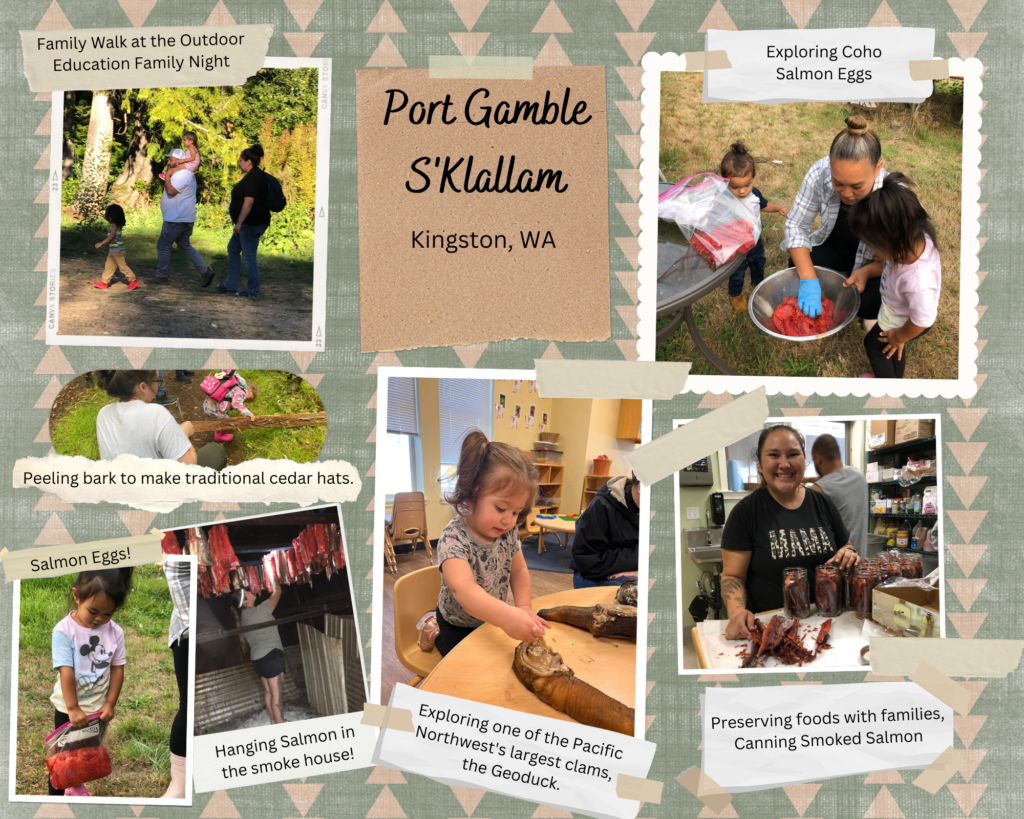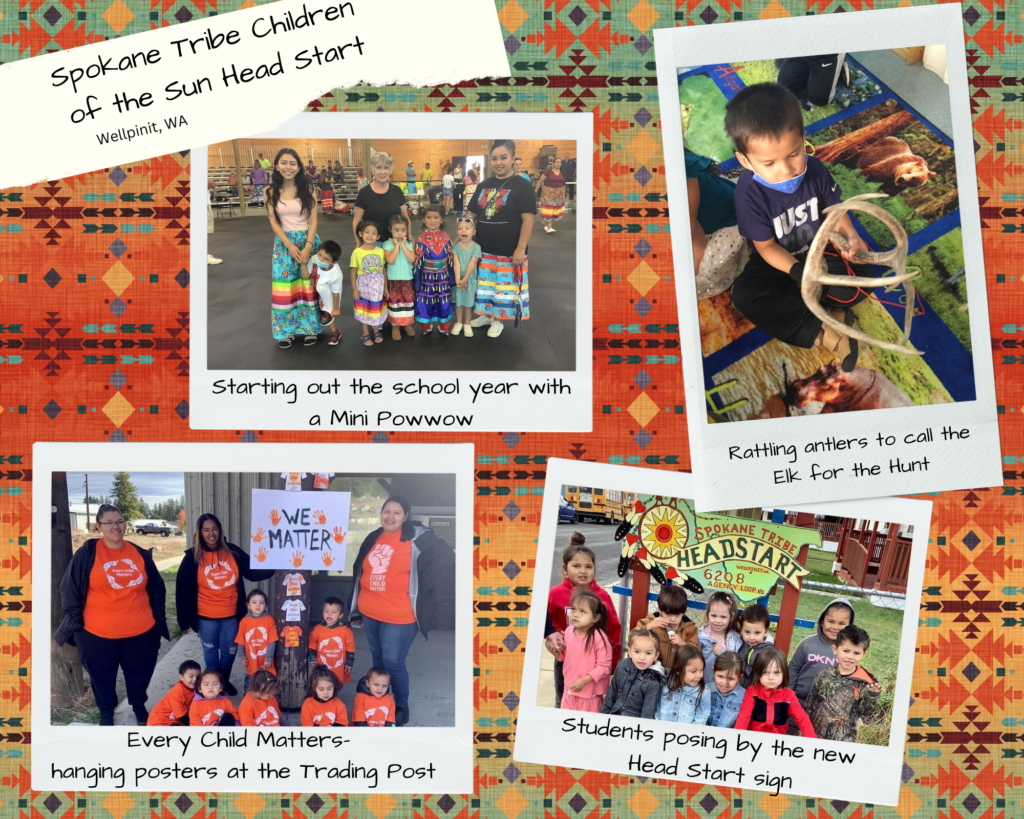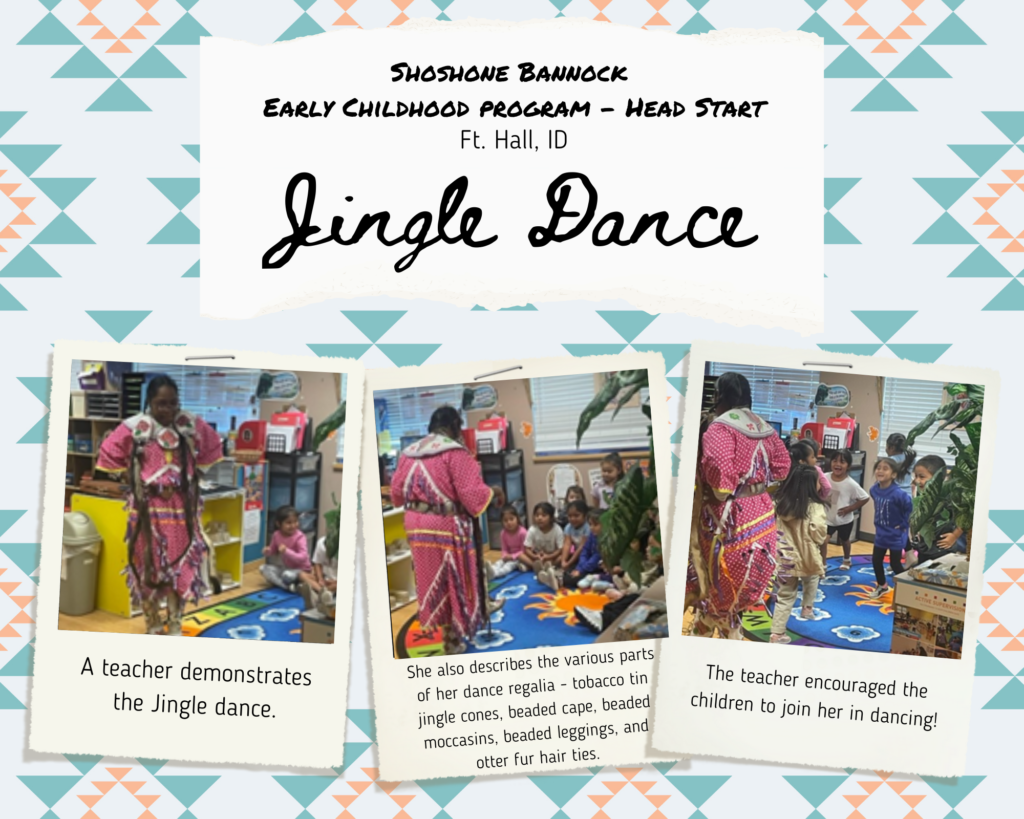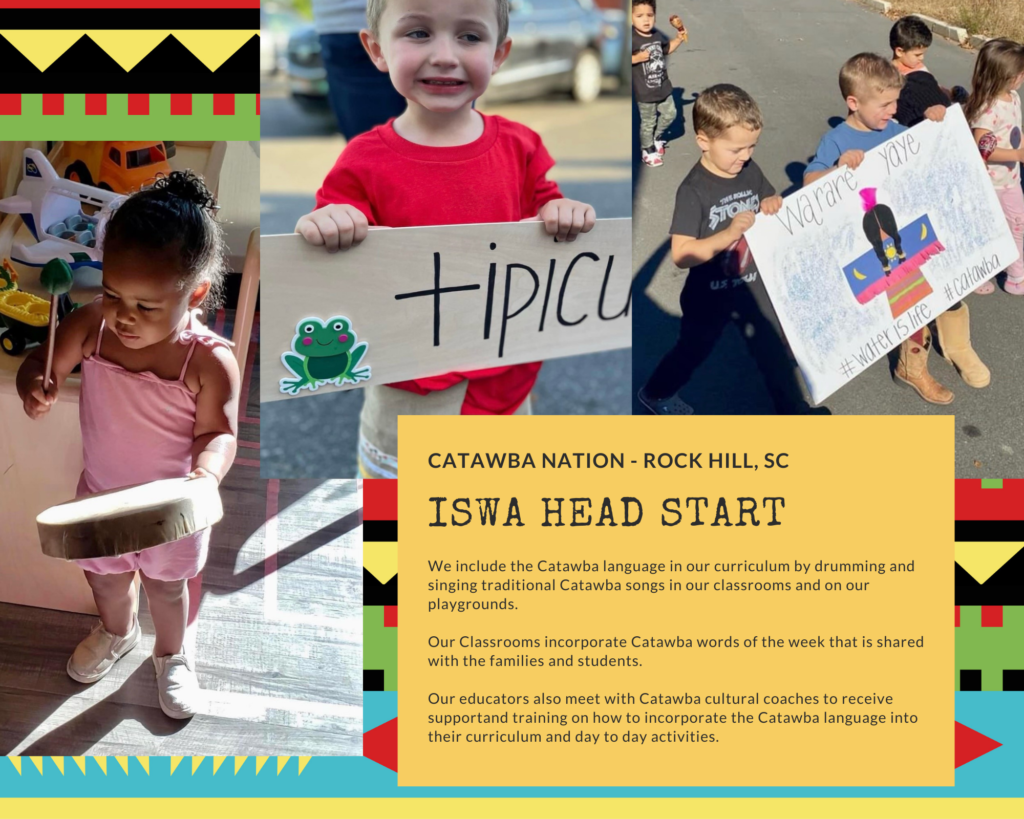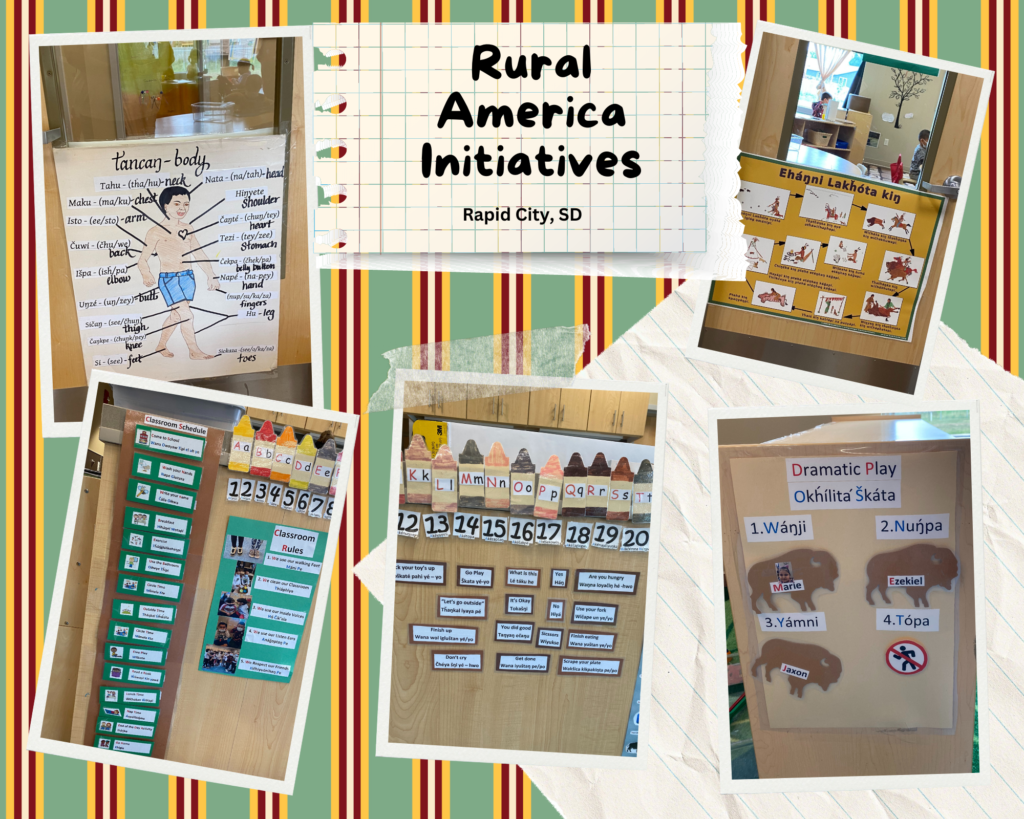NHSA extends our sincere thanks to National Indian Head Start Directors Association's Senior Manager Kristi Bentkowski for writing this blog in honor of Indigenous Peoples Day. The National Indian Head Start Directors Association (NIHSDA) is the leading voice for American Indian and Alaskan Native (AIAN) children in Head Start programs. NIHSDA strives to preserve and respect indigenous identity, while actively providing high-quality advocacy, leadership development, and professional growth opportunities to current and future early care and education leaders.
In the late 1860s, the federal government began a program to "civilize" American Indians, with education as the principal weapon in what became a campaign to wipeout native culture and identity. By 1900, thousands of native youth were taken—often forcibly—to nearly 150 boarding schools. They were forbidden to speak their native languages, made to use non-native names, and denied their traditional clothing and hair.
This effort did great damage to the continuation of native beliefs, cultures, and languages. Native languages are in retreat, but the native spirit has endured. Much of the harm is being undone by native peoples through culturally based education programs. AIAN Head Start is on the frontline in the preservation of native language and culture, which have been proven to be key elements in native student confidence and success throughout their lives.
AIAN Head Start programs have taken a variety of steps to address challenges and opportunities for integrating language and culture. To successfully transmit their language, some programs have developed innovative ways to support teachers. This includes providing tools to help teachers integrate words, greetings, and phrases into everyday classroom activities. Whenever possible, elders are involved in the classroom. They working with young children using traditional cultural practices. They speak the tribal language, sing tribal songs, and tell traditional stories. Other programs have made efforts to engage parents in tribal language-learning activities to combat resistance to learning a second language.
The Head Start Program Performance Standards provide for the full integration of tribal language and culture in Head Start classrooms—in the curricula and in program systems and services. Many tribes implement a culturally and linguistically responsive curriculum. Some even operate full immersion classrooms. Other programs have constructed culturally appropriate environments to highlight the tribe’s cultural traditions.
Eighty-one percent of children in Region XI Head Start programs participate in community and cultural activities at least once per month, with an average of two community activities per month. These activities included listening to elders tell stories; participating in traditional ways, such as carving, harvesting, collecting, hunting, and fishing; dancing, singing, or drumming; working on traditional arts and crafts; participating in traditional ceremonies; and playing American Indian or Alaska Native games.
Related Content
The feature photo gallery was collected by the National Indian Head Start Directors Association.

